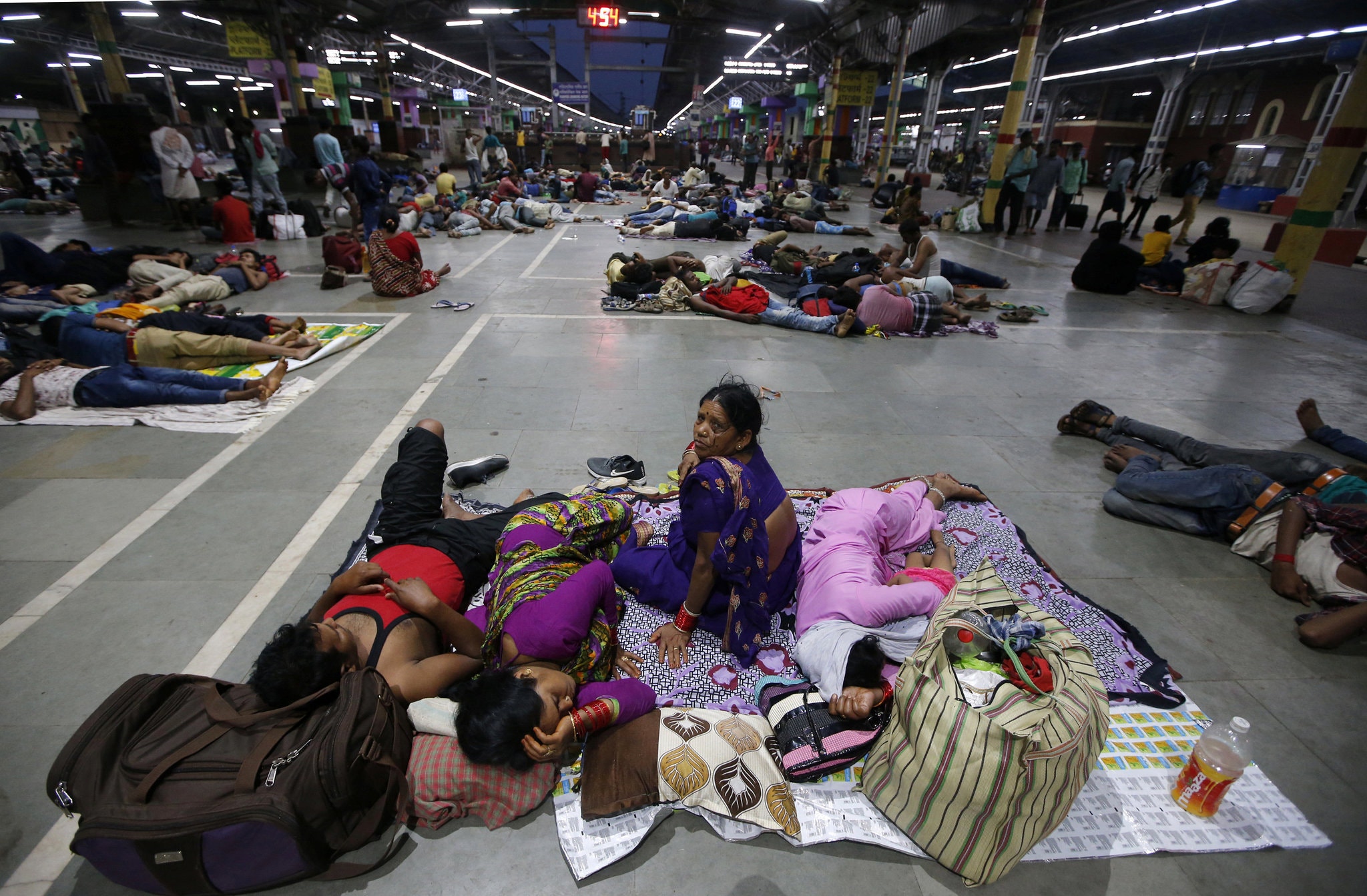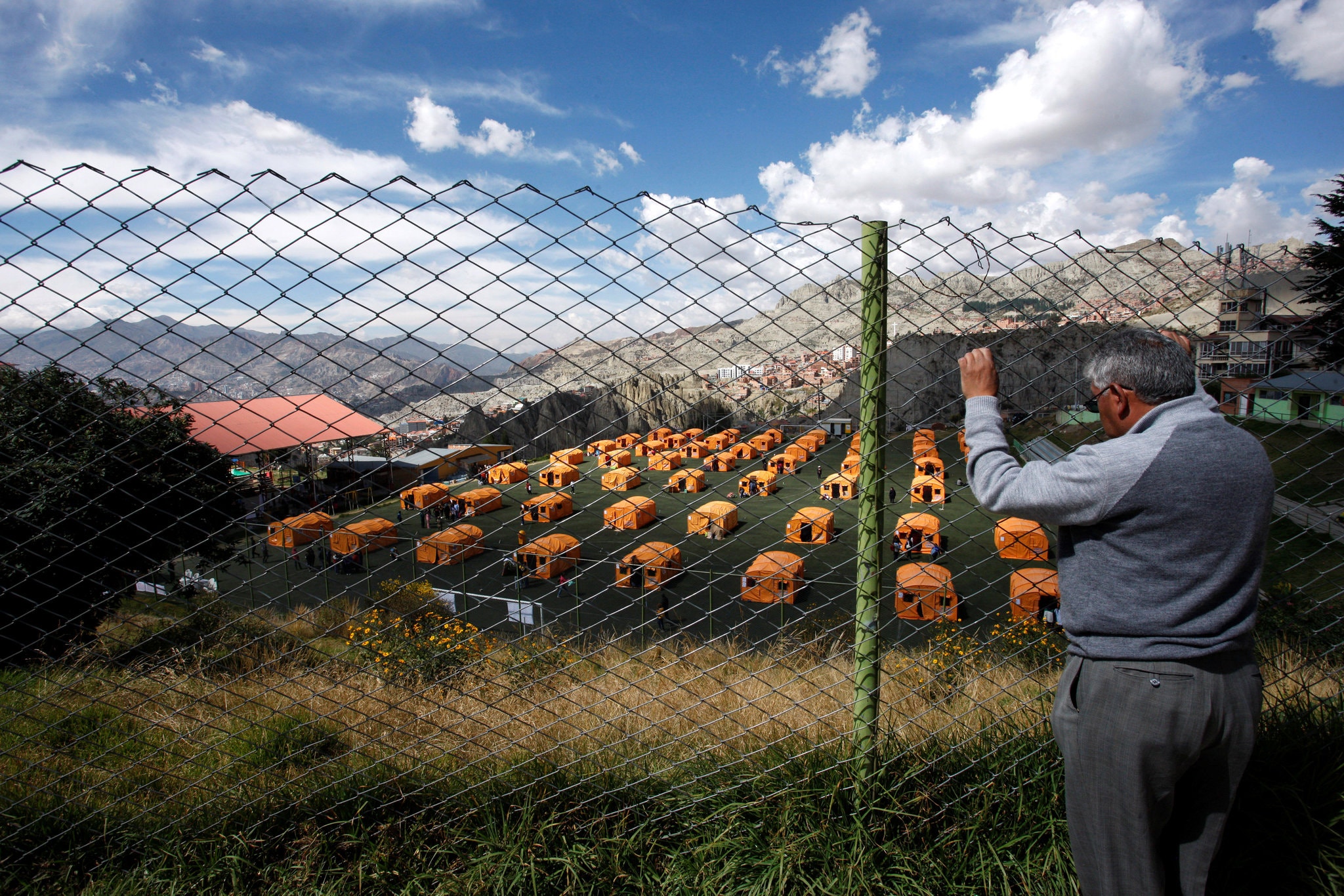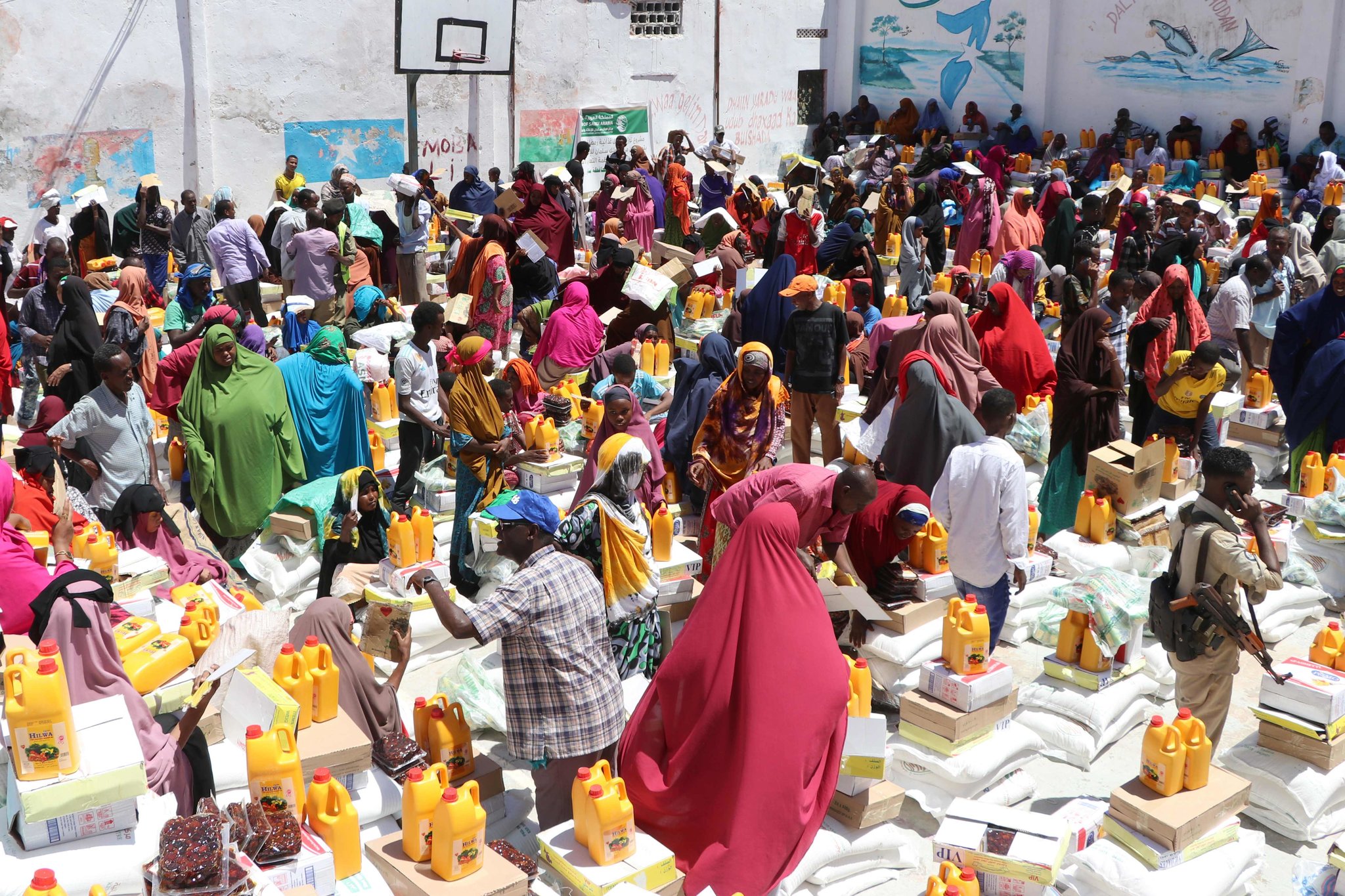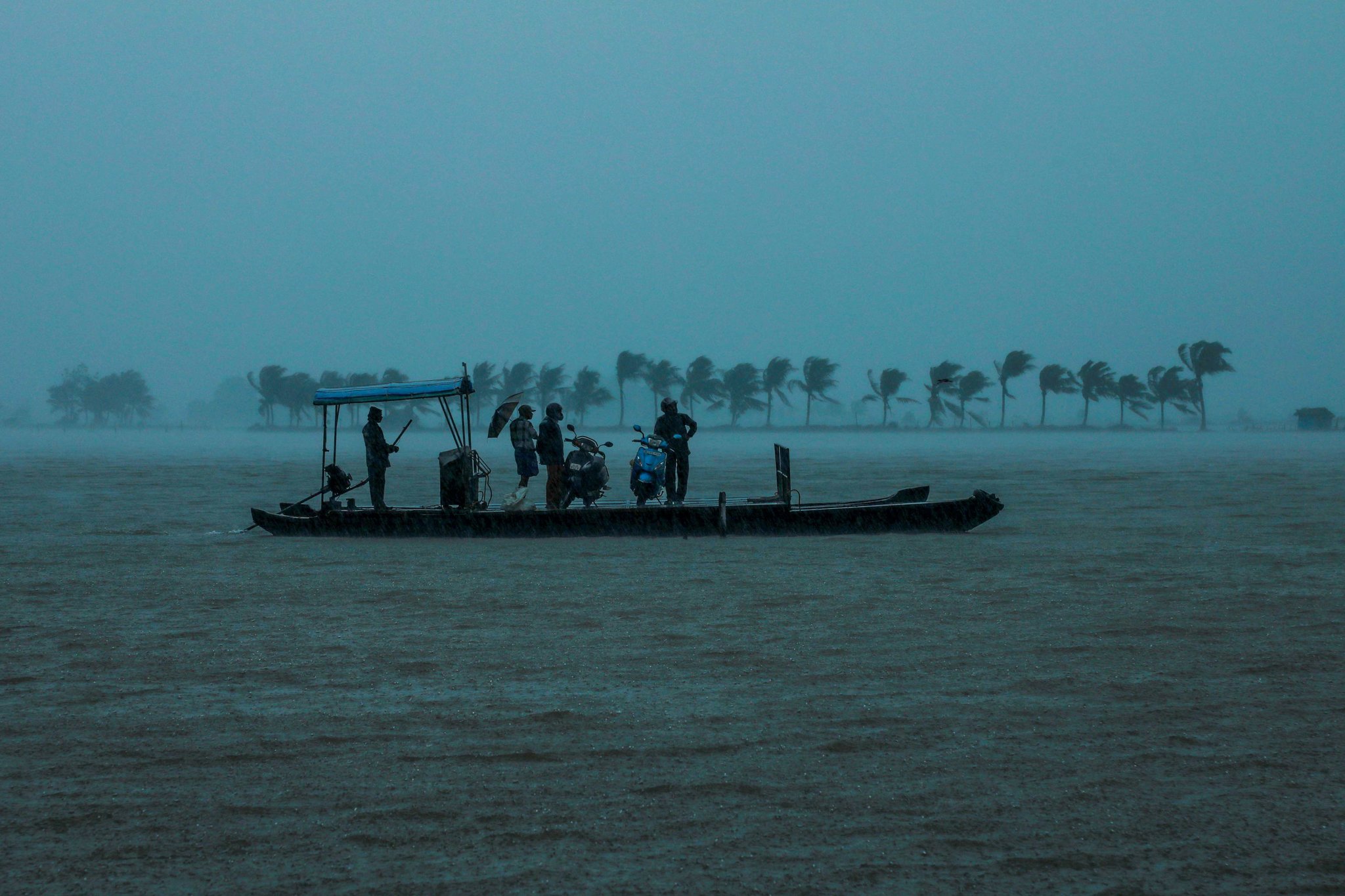
Extreme weather events displaced a record seven million people from their homes during the first six months of this year, a figure that put 2019 on pace to be one of the most disastrous years in almost two decades even before Hurricane Dorian battered the Bahamas.
The Internal Displacement Monitoring Center, which compiles data from governments, United Nations humanitarian agencies and media reports, concluded in a report published Thursday that floods, landslides, cyclones and other extreme weather events temporarily displaced more people in the first half of this year than during the same period in any other year.
“In today’s changing climate, mass displacement triggered by extreme weather events is becoming the norm,” the center said in its report, adding that the numbers represent “the highest midyear figure ever reported for displacements associated with disasters.” The center has been publishing annual data since 2003.
The latest numbers reflect both bad news and good. Extreme weather events are becoming more extreme in the era of climate change, according to scientists, and more people are exposed to them, especially in rapidly growing and storm-prone Asian cities.
At the same time, many government authorities have become better at preparing for extreme weather, with early warning systems and evacuation shelters in place that prevent mass casualties.
So, the numbers of displaced this year include many who might otherwise have been killed. That was almost certainly the case for the 3.4 million people who were evacuated from their homes in India and Bangladesh in May before Cyclone Fani barreled over the Bay of Bengal. Fewer than a hundred fatalities were reported across both countries, according to the United Nations humanitarian affairs agency.
By contrast, in southern Africa, where Cyclone Idai struck in March, more than 1,000 people were killed and 617,000 were displaced across Mozambique, Malawi, Zimbabwe and Madagascar.
Want climate news in your inbox? Sign up here for Climate Fwd:, our email newsletter.


In March and April, half a million Iranians had to leave home and camp out in temporary shelters after a huge swath of the country saw some of the worst flooding in decades. And in Bolivia, heavy rains triggered floods and landslides in the first four months of the year, forcing more than 70,000 people to flee their homes, according to the report.
All told, nearly twice as many people were displaced by extreme weather events, mainly storms, as the numbers displaced by conflict and violence in the first six months of this year, according to the monitoring center.
The numbers hold lessons for countries, especially those like the Caribbean island nations, repeatedly pummeled by intensifying storms.
“With the impact of climate change, in the future these types of hazards are expected to become more intense,” the director of the monitoring center, Alexandra Bilak, said by phone from Geneva, where the group is based. “Countries that are affected repeatedly like the Bahamas need to prepare for similar, if not worsening, trends.”
The worst may be still to come. Historically, the worst disaster season is between June and September, when storms lash the tropics. The monitoring center estimates that the number of disaster-related displacements may grow to 22 million by the end of the year.
For the most part, disasters like floods and cyclones result in temporary displacement, though that could mean months at a time, and almost always within national borders.
There are limitations to these numbers, outside experts said. What the monitoring center’s numbers may not adequately reflect are slow-moving extreme weather events, like rising temperatures or erratic rains that can prompt people to pack up and leave home, for example after multiple seasons of failed crops. In some cases, government agencies may not issue accurate data, including for political reasons.
Still, Kees van der Geest, who studies climate-induced displacement at the Institute for Environment and Human Security, a United Nations research organization, and who was not involved in the report, said the numbers tallied by the monitoring center, even with these limitations, may be the best estimates available.
Also, he said, they should be seen as “a low estimate.”
